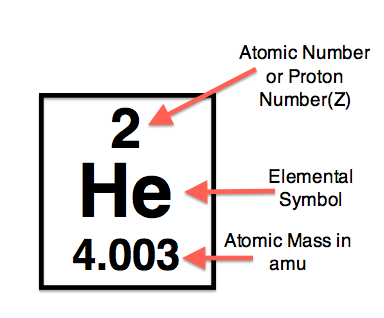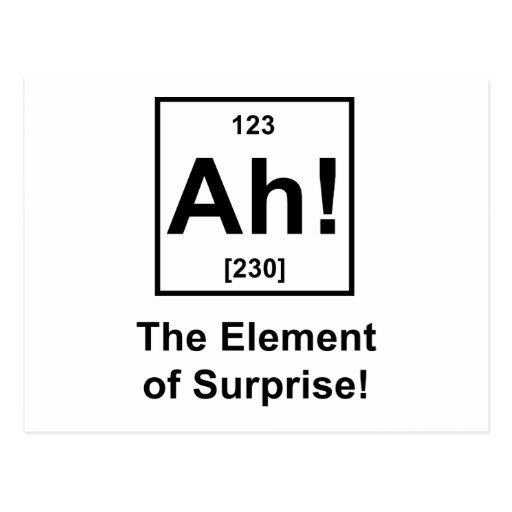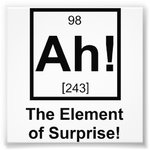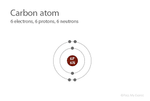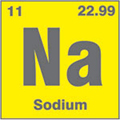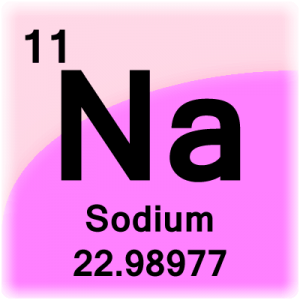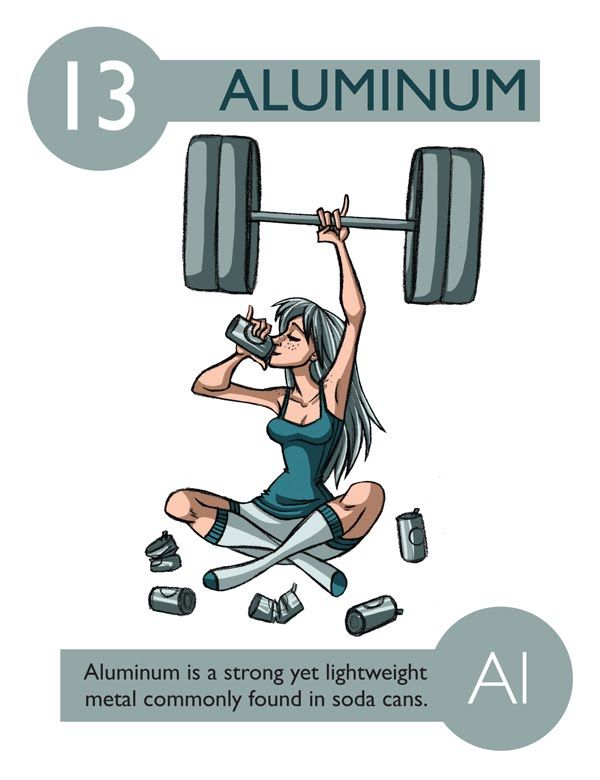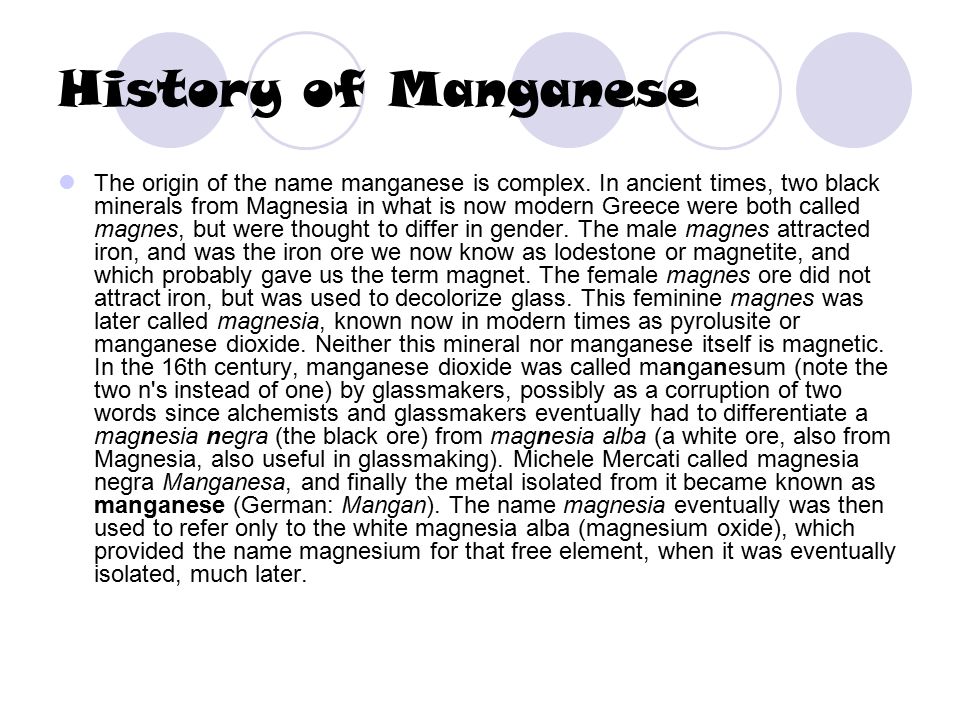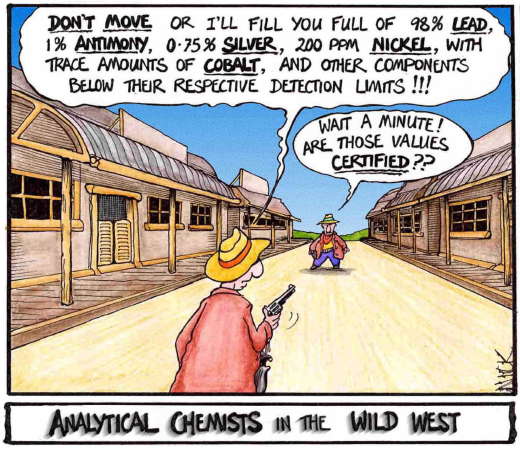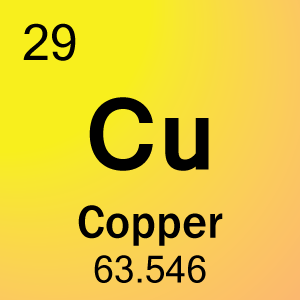-
Welcome to Autism Forums, a friendly forum to discuss Aspergers Syndrome, Autism, High Functioning Autism and related conditions.
Your voice is missing! You will need to register to get access to the following site features:- Reply to discussions and create your own threads.
- Our modern chat room. No add-ons or extensions required, just login and start chatting!
- Private Member only forums for more serious discussions that you may wish to not have guests or search engines access to.
- Your very own blog. Write about anything you like on your own individual blog.
We hope to see you as a part of our community soon! Please also check us out @ https://www.twitter.com/aspiescentral
You are using an out of date browser. It may not display this or other websites correctly.
You should upgrade or use an alternative browser.
You should upgrade or use an alternative browser.
The Periodic Table of Elements in Their Proper Order
- Thread starter Sportster
- Start date
I have had maybe 8 weeks of chem.
So almost anything I can find out is new, to me.
http://www.funtrivia.com/askft/Question128043.html
http://www.livescience.com/28579-lithium.html
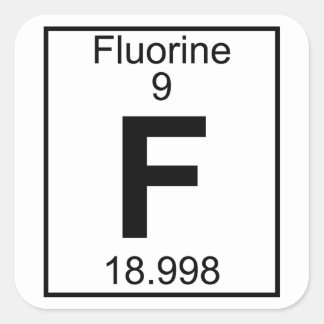
https://en.wikipedia.org/wiki/Fluorine
"Fluorine-18 is often found in radioactive tracers for
positron emission tomography, as its half-life of almost
two hours is long enough to allow for its transport from
production facilities to imaging centers."
Maybe I will remember that in some way fluorine is used
in PET scanning. I knew it had nothing to do with
Florine from Weight Watchers. But not sure whether it
might be part of toothpaste.
Neon is a chemical element with symbol Ne and atomic number 10. It is in group 18 (noble gases) of the periodic table.[9] Neon is a colorless, odorless, inert monatomic gas under standard conditions, with about two-thirds the density of air. It was discovered (along with krypton and xenon) in 1898 as one of the three residual rare inert elements remaining in dry air, after nitrogen, oxygen, argon and carbon dioxide were removed. Neon was the second of these three rare gases to be discovered, and was immediately recognized as a new element from its bright red emission spectrum. The name neon is derived from the Greek word, νέον, neuter singular form of νέος [neos], meaning new. Neon is chemically inert and forms no uncharged chemical compounds.
Chlorine kills bacteria – it is a disinfectant. It is used to treat drinking water and swimming pool water. It is also used to make hundreds of consumer products from paper to paints, and from textiles to insecticides.
About 20% of chlorine produced is used to make PVC. This is a very versatile plastic used in window frames, car interiors, electrical wiring insulation, water pipes, blood bags and vinyl flooring.
Another major use for chlorine is in organic chemistry. It is used as an oxidising agent and in substitution reactions. 85% of pharmaceuticals use chlorine or its compounds at some stage in their manufacture.
In the past chlorine was commonly used to make chloroform (an anaesthetic) and carbon tetrachloride (a dry-cleaning solvent). However, both of these chemicals are now strictly controlled as they can cause liver damage.
Chlorine gas is itself very poisonous, and was used as a chemical weapon during the First World War.
http://www.rsc.org/periodic-table/element/17/chlorine

"The name for potassium comes from the English word for potash. The symbol for potassium is K, which is derived from the Latin kalium and Arabic qali for alkali. Potash and alkali are two of the potassium compounds known to man since ancient times.
The potassium ion is important for all living cells. Animals use sodium ions and potassium ions to generate electric potentials. This is vital for many cellular processes and is the basis for the conduction of nerve impulses."
http://chemistry.about.com/od/elementfacts/a/10-Potassium-Facts.htm
New Threads
-
-
-
-
-
-
Presenting on ABC News / CW News in Iowa on Special Needs Non Profit Resources to Augment Access to Air Travel
- Started by TravelingWiki
- Replies: 0
-
-
-
Embrace Autism - resources for newly diagnosed
- Started by Alexej
- Replies: 0
-

